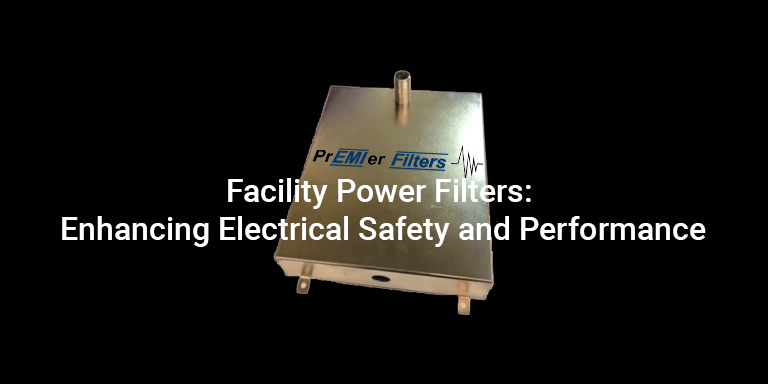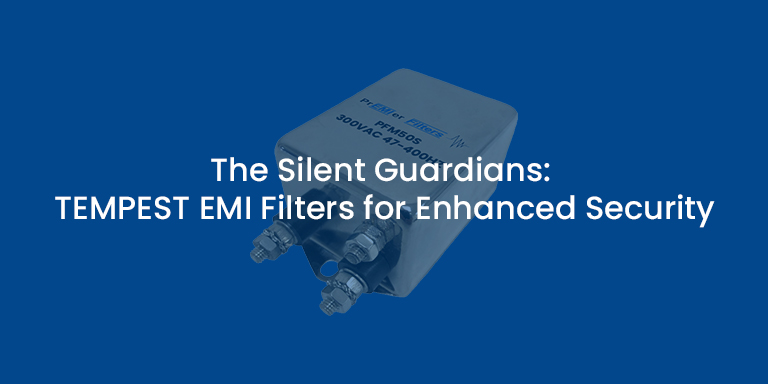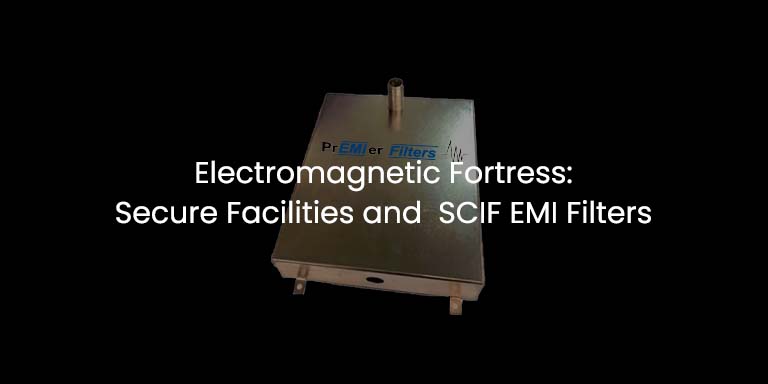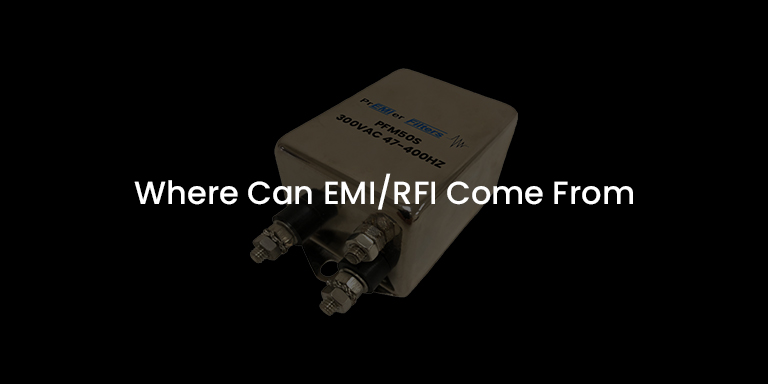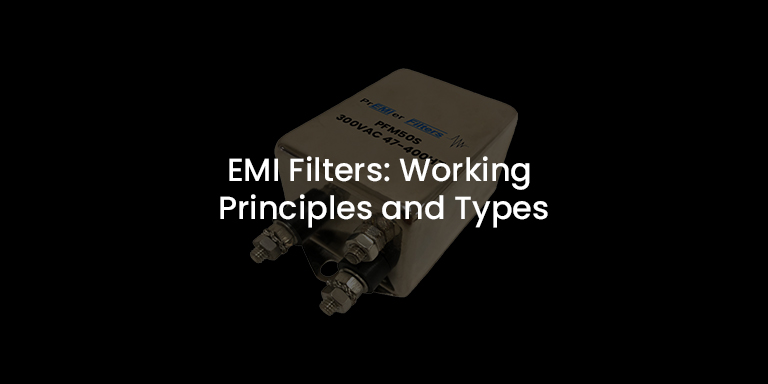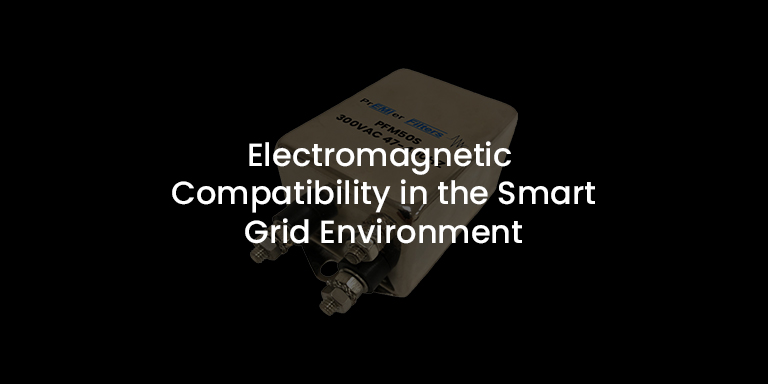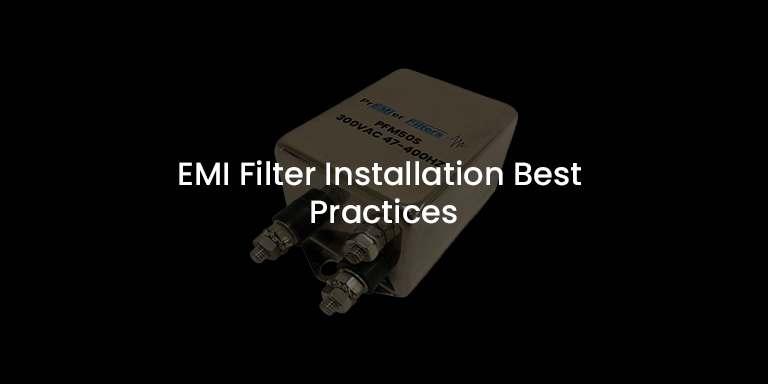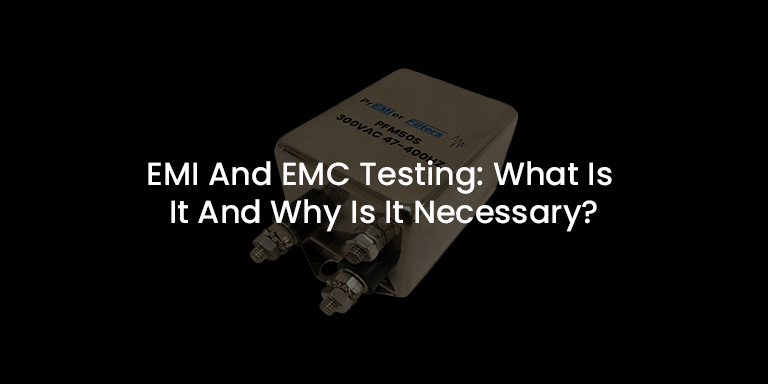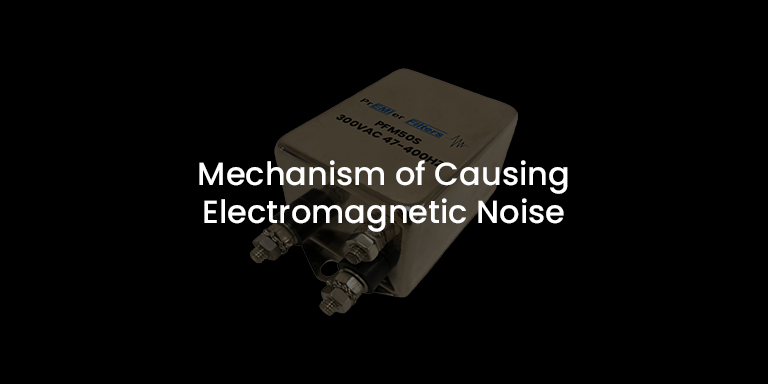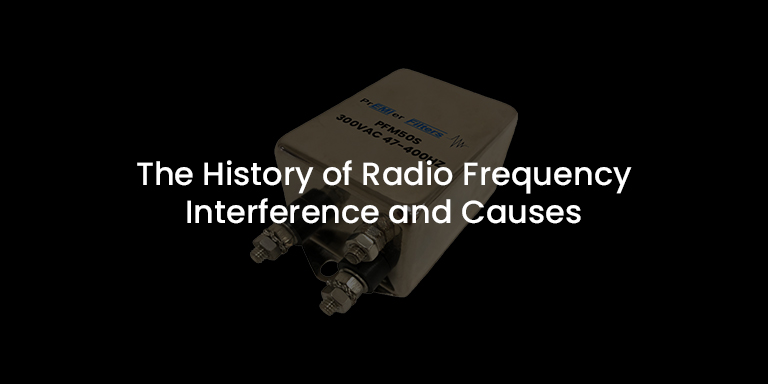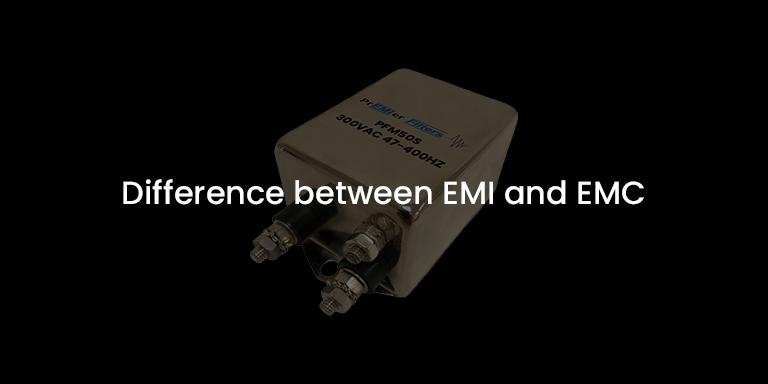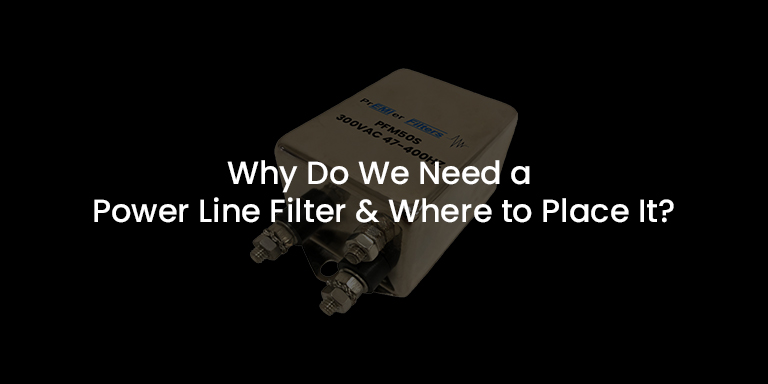Process for Selecting an EMI Filter
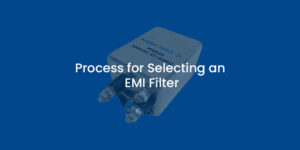

Modern-day electrical and electronic devices utilize HF (high-frequency) switching circuits that generate HF harmonics that can propagate via cables or air. This high-frequency noise is known as EMI (electromagnetic interference) which can cause disturbance or malfunction to nearby equipment and electronic systems.
In reducing EMI that propagates via cables, EMI filters can be an effective tool in suppressing unwanted high-frequency signals. EMI filters serve a dual function, reducing noise from outside sources as well as internally generated noise. They are especially effective in reducing noise from supply and equipment power lines. In designing a filter there are several criteria to consider. A few of these are presented below.
How to Select the Right EMI Filter?
1. Review Electrical and Operational Requirements
The first step to designing an EMI filter is to review the specification and system requirements. This includes parameters such as voltage, current, operating and/or ambient temperature, dielectric withstand or hipot voltage, leakage current and power system feed/type. These ratings are usually provided as max ratings which the filter can accommodate without degradation of performance or reliability. This means that the filter can operate at any ratings up to and including the max ratings.
Typically, EMI power line filters are rated for 250VAC and 480VAC for single and three phase systems. DC ratings can range from 28VDC to 1500VDC for solar applications. Single phase EMI filters are generally rated for a 40C ambient temperature and 50-60C for three phase. Leakage current ratings are usually dictated by the end use environment. Domestic environments are can be specified as low as 500uA with medical installations being as stringent as no leakage current for patient connected equipment. Industrial applications are less stringent and can range from 3.5mA to 30mA or higher.
2. Analyze Application and System Requirements
Equipment Type
The selection of EMI filters depends on the type of equipment and its components, such as AC/DC converters, industrial equipment, medical equipment, RF modules, etc. An EMI filter used in one application may not necessarily work for other applications because of unique performance, space, and interconnection requirements. The characteristics of electronics equipment, such as clock frequencies and switching frequencies, affect the emission profile of EMI filters.
Industry Requirements
Different industries have established emissions and safety standards that the equipment must comply with. For instance, MIL-STD-461 is a military standard that governs military application requirements. Thus, before selecting the right EMI filter for your application, keep in mind the industry requirements.
Filter Type
Some filter designs may be more desirable for an application than others, for instance, PCB or power line filters. Therefore, you must thoroughly research the available filter types and consider the one that will work best for your application.
Size Restrictions
It is important to understand spatial limitations early in the design stage. Standard filters can come in various sizes, performance levels, interconnection, and mounting configurations. Limitations in standard designs can be resolved via modified or custom solutions.
Terminations
Filters can have different terminations, such as studs, wires, connectors, and fast-on/quick disconnects, in which proper selection is important for performance and reliability.
Grounding/bonding
It is essential for the safety and high-frequency performance of the filter that the filter chassis be metal-metal bonded with the host equipment.
3. Review Actual EMI Filtering Characteristics
Filter datasheets generally display performance in the form of insertion loss tables/graphs. These are separated into common (referenced to ground) and differential (referenced across the line) mode types and are measured as ratios of the signal at the filter input to the signal at the filter output in decibels (dB) relative to 50 ohm source and load impedances. As actual system impedances may differ, testing is critical in determining the actual performance of a filter.
4. Preliminary EMC Testing
Preliminary or precompliance testing of a device can be very effective in determining early on the selection of an EMI filter. The test results can then be compared to insertion loss graphs of various EMI filters to determine the proper filter for the defined space and performance levels.
Standard and Custom Solution by Premier Filters
The above guidelines for selecting an EMI filter is just a baseline and does not cover every possible aspect. At Premier Filters we can help you select the proper standard filter, or when necessary, design a custom solution. Contact our engineering team at 714-809-1004 to discuss your custom EMI Power Line Filter application or email us at info@premieremc.com.

